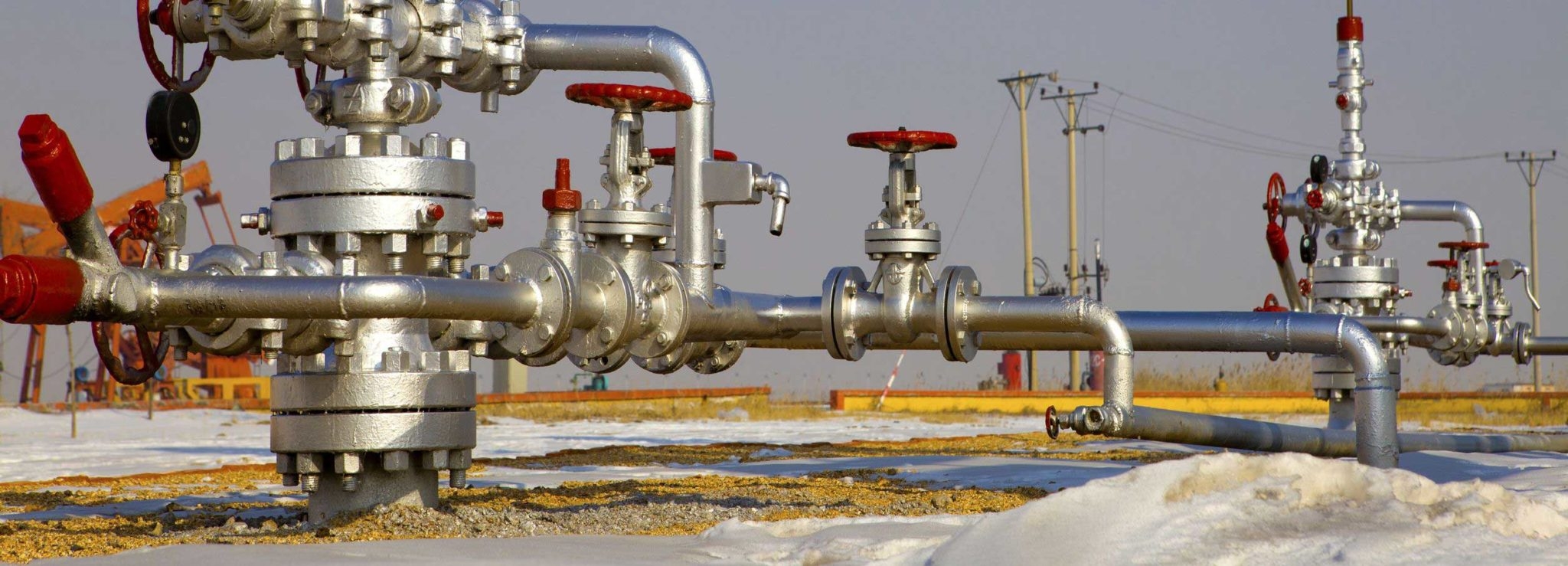Hydrates or gas hydrates are crystalline structures formed when gas molecules trap water molecules under certain temperature and pressure conditions. For most common natural gases like methane, these conditions usually occur when pressure is high and temperature is low, generally below 0°C. Hydrate formation can block pipelines and damage equipment used for transportation and production of natural gas. Hydrate inhibitors are chemicals used to prevent such hydrate formation and ensure safe transportation of natural gas.
Types of Hydrate Inhibitors
There are mainly two types of hydrate inhibitors - thermodynamic hydrate inhibitors and kinetic hydrate inhibitors.
Thermodynamic Hydrate Inhibitors work by altering the physical conditions required for hydrate formation. They lower the temperature or increase the pressure required for hydrate formation. Common examples of thermodynamic inhibitors include methanol, ethanol, ethylene glycol and their derivatives.
Kinetic hydrate inhibitors on the other hand work by slowing down the rate of nucleation and crystallization of hydrates without changing the thermodynamic equilibrium conditions. Some common kinetic inhibitors are polymers like polyvinylcaprolactam (PVCap) and polyethyleneglycol (PEG). They adsorb on the hydrate crystalline surface and inhibit further growth of hydrates.
Role of Hydrate Inhibitors
Hydrate inhibitors play a critical role in ensuring safe and efficient transportation of natural gas through pipelines over long distances. Some of the key roles of hydrate inhibitors are:
- Prevent blockage of pipelines: Formation of gas hydrates can block gas pipelines by forming solid plugs. Hydrate inhibitors keep the gas in a state supersaturated with water so that hydrates do not crystallize out.
- Avoid equipment damage: Accumulation of hydrates can damage equipment like flowlines, manifolds, separators etc used in offshore production facilities. Hydrate inhibitors help avoid such hydrate induced equipment problems.
- Facilitate subsea production: Deepwater gas fields located in regions prone to hydrate formation require special subsea production systems equipped with effective hydrate inhibition. This makes subsea production economical and viable.
- Ensure process safety: Uncontrolled hydrate blockage in pipelines and process equipment can cause process upsets and safety issues like overpressurization. Hydrate inhibitors maintain safe process operations.
Selection and Dosing of Hydrate Inhibitors
The selection of appropriate hydrate inhibitor depends on process parameters like pressure, temperature, fluid composition along with design constraints. Some key factors considered for selection include:
- Thermodynamic/kinetic inhibition action: Thermodynamic inhibitors preferred for deep subsea pipelines and kinetic inhibitors for surface facilities.
- Toxicity: Low toxicity chemicals like PEG and PVCap preferred for offshore applications.
- Process conditions: Temperature and pressure limits of applicability are matched with field/process conditions.
- Economics: Capital and operating costs including dosing, monitoring and retrieval costs considered.
Proper dosing is another important aspect for effective hydrate inhibition. Dosing strategies may involve batch dosing during startup or continuous injection to maintain inhibition. Online monitoring helps optimize dosing. Overdosing leads to higher costs while underdosing risks hydrate formation. Modelling tools help establish optimal dosing criteria.
Emerging Hydrate Inhibition Technologies
With increasing exploration of marginal gas fields in remote deepwater locations, new challenges arise in hydrate prevention. This has motivated research into advanced inhibition methods:
- Low dosage kinetic inhibitors: New polymeric materials that outperform traditional KHI’s at much lower dosages.
- Anti-agglomerants: Used with KHI’s to prevent flocs/agglomerates which reduce inhibition effect.
- Thermodynamic boosters: Used along with common THI’s like methanol to boost their inhibition capability.
- Alternative gases: Gases like propane, i-butane and nitrogen tested as THI’s offering advantages over methanol.
- Automated injection systems: Microprocessor controlled injection skids for precise, real-time dosing optimization.
- Novel processes: Combinations of heating, chemical inhibition and insulation techniques studied for Arctic subsea tiebacks.
Get More Insights on this Topic- https://www.marketwebjournal.com/lets-know-importance-of-hydrate-inhibitors/


